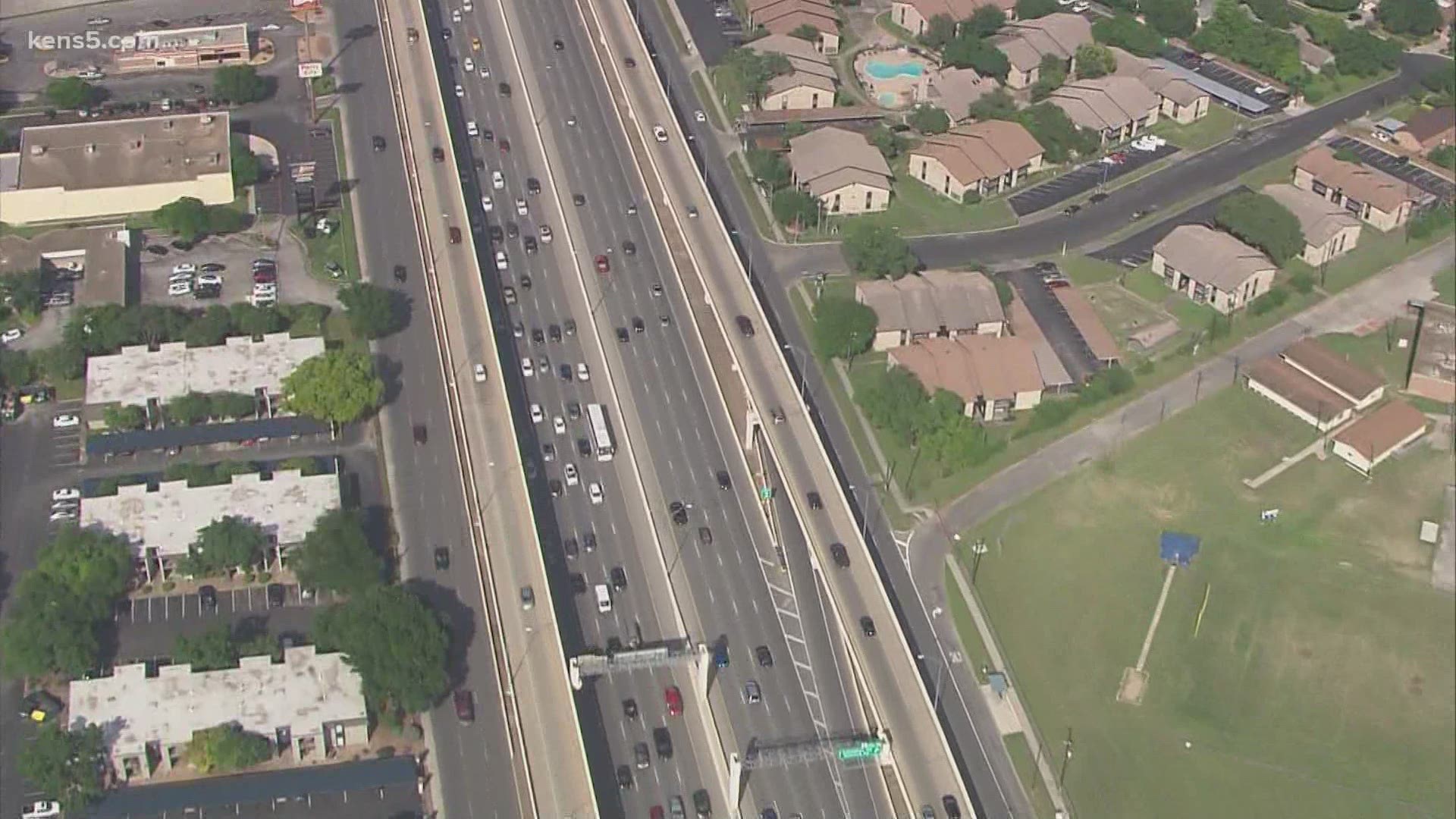SAN ANTONIO — More Americans will be hitting the road this Fourth of July weekend, with holiday travel expected to increase by 40 percent from last year.
A recent report from AAA Travel indicated the increased travel comes as we experience pent-up travel demand and higher vaccination rates. The report found more than 47.7 million people are expected to travel this Fourth of July weekend.
More than nine in 10 Independence Day travelers (approximately 43.6 million) will drive to their destination. Nearly 13.5 million more Americans will travel by car this holiday than in 2020, an increase 40 percent from last year. This is expected to be the second-highest Independence Day travel volume on record, trailing only 2019. A big jump in holiday travel is expected despite gas prices that have soared to its highest rates in seven years at more than $3/gallon.
AAA projects expects to rescue more than 460,000 Americans on the roadside over the holiday weekend, which gives extra importance on making sure your car is running properly before heading out on the road this summer.
Local car care experts with Mr. Transmission and Milex Complete Auto Care in San Antonio have some tips to let people know the proper ways to take care of their vehicle to help them get safely to their vacation destination.
Here's their Summer Car Care Checklist to ensure a safe, comfortable and problem-free road trip:
Cooling Systems - Car engines can overheat after spending several hours on the interstate while driving at high speeds in the hot summer temperatures. It is important to make sure you have the proper type of engine coolant, it is a 50/50 coolant and water mixture and it is filled to the correct levels.
Battery – Car batteries can deteriorate quickly and without much warning. Between extended engine use, air conditioning, radio, GPS and other passenger electronics, a long trip can contribute in draining a car's battery. Most batteries have a 4-5 year lifespan and it is important to test the battery prior to making a long trip.
Tires – Car owners should monitor the proper air pressure and amount of tread on each tire and have them properly aligned and balanced. The air in the tires expands when the weather gets hotter, so owners will want to make sure tires are not over-inflated.
Suspension system – We often load up the car with a family of passengers, luggage and personal items when making a summer roadtrip. The additional weight on the vehicle causes a strain on the suspension system, which includes the springs, shock absorbers and struts. Worn suspension components may reduce the stability of the vehicle and reduce driver control, as well as accelerate wear on other suspension system components.
Air filter – A car's air filter should be changed each year or every 15,000 miles. This gives the vehicle a good supply of clean air and prevents poor fuel economy and performance. A convenient time to have the filter checked or replaced is during oil change appointments.
To save at the pump here are some suggestions from professionals about how car owners can conserve gas mileage for their vehicles:
Pump it Up – Under-inflated tires reduce fuel economy and are dangerous as well. Tires low on air also degrade handling and breaking, wear more rapidly and can overheat and blow. Check manufacturers' recommendations and make sure tires are inflated to the maximum PSI.
Avoid Idling – Idling uses a surprising amount of fuel, more than restarting the engine. If you need to wait in a parked vehicle for more than a minute or two, switch off the engine and only start up again when you're ready to continue driving.
Drive Safely and at Moderate Speeds – Gas mileage often rapidly decreases at speeds over 50 mph due to aerodynamic drag. To save gas, stay at or under the speed limit, and drive at a consistent rate of speed. Use cruise control on long trips. Avoid jackrabbit starts, hard acceleration, sudden breaking and speeding around corners, as they actions increase fuel consumption.
Travel Light and Check Light – Added weight in the car creates a drag on the engine and consumes extra gas. Remove unnecessary items from the trunk and back of the vehicle. Take your car to a repair shop as soon as possible if the "Check Engine" light comes on. This indicates a problem that is causing excessive emissions and likely reducing fuel economy.
Travel Efficiently -- Warm engines run more efficiently than cold ones. Combining short errands into one trip is a good way to save gas, as well as time. Whenever possible, travel outside of high-traffic times of the day. In the short term, consider ride sharing or carpooling to split gas costs among multiple passengers.

